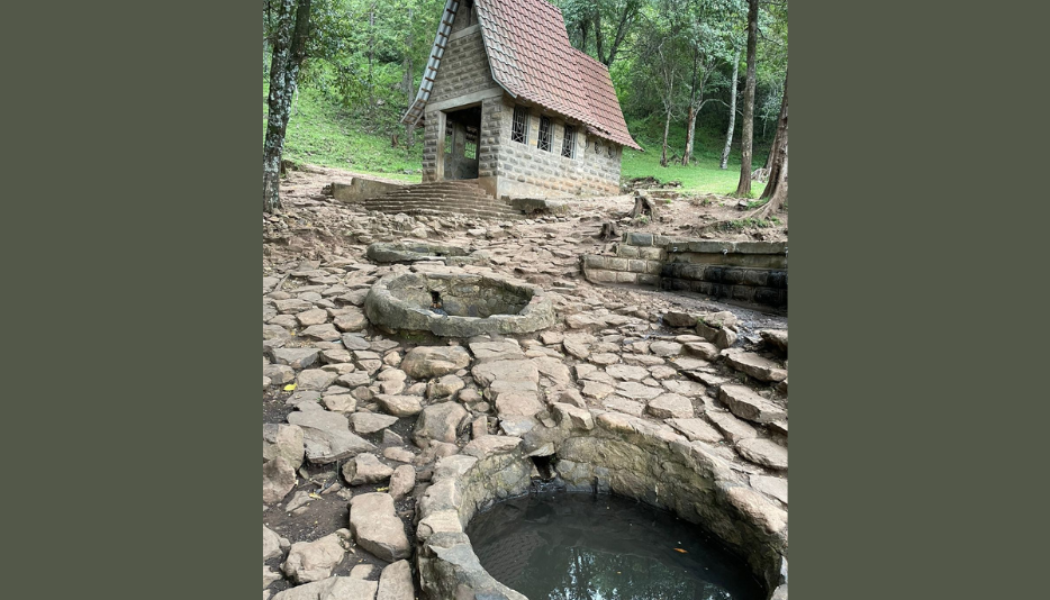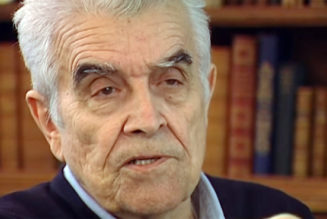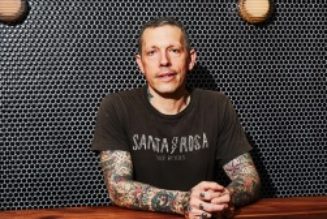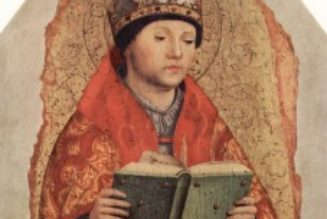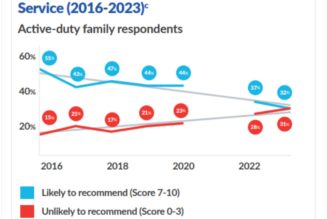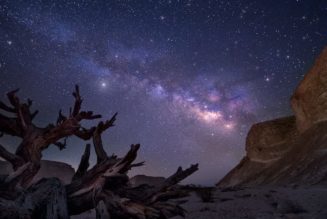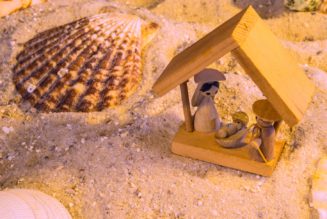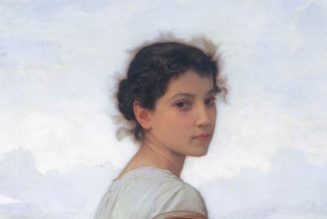SUBUKIA, Kenya — In a tranquil rural setting dedicated to the Virgin Mary, pilgrims immerse themselves in spring-fed waters believed by many to have miraculous healing properties.
No, we’re not in France. We’re in Kenya — at the national Marian shrine of Subukia, to be precise.
Owned by the Kenyan Catholic Conference of Bishops, the rural site in the Diocese of Nakuru has been a spiritual center for the East African nation for the past 30 years. Every year, as many as 200,000 people come to the 200-acre Village of Mary, Mother of God, for Marian devotions, Mass and reconciliation services, including about 50,000 for Kenya’s annual day of prayer in early October. And many are also undoubtedly drawn to Subukia for its purported “healing waters,” which have given the site the reputation of an African version of the Shrine of Our Lady of Lourdes.

Pilgrims, including Protestants and non-Christians, Kenyans and visitors from around the world, venture up the steep hillside along the Way of the Cross to a small, simple chapel that encompasses the spring, which was discovered just before the shrine’s consecration in 1991. Some even come up the verdant, acacia-covered hill at night to hold prayerful vigils beside the “healing water,” to which many attribute everything from cures of cancer to the restoration of damaged limbs.
The spring-fed water is filtered into three separate wells, the first for drinking, the next for washing, and the final well for immersion. A system of taps also allows pilgrims to fill their jerrycans, several-gallon plastic containers, with Subukia’s water.

The Marian shrine itself has been recognized by the Vatican as a “place of prayer,” but no official judgment by Church’s authorities has been given on the supernaturality of the waters, nor associated alleged Marian apparitions on the hillside.
But the seven Franciscan friars who minister at Subukia at the invitation of the Kenyan bishops, seven in total, share that the belief is widespread among the people.
“I don’t have proof, but that is the testimony,” shared Father Szulc, a Polish friar who came with the first contingent of Franciscans in 2006. “We have so many testimonies where people are really healed by taking the water. That’s why they come with such strong faith.”
Spring’s Origins
The site may be best known for its alleged healing waters, but it’s only because the Church in Kenya sought to honor Mary in the first place that the potentially miraculous H20 was unearthed.
Inspired by St. John Paul II’s call during his 1980 papal visit for Kenya to build a national Marian shrine, the Kenyan bishops picked the quiet, centrally located valley of Subukia. The shrine was first established in one location in 1987, but soon shifted to the hillside where more space was available.

The story goes that, in 1991, when brush was being cleared for a Mass to bless the grounds of the new shrine, workers discovered a wet area on dirt that had always been dry. They began digging, and a spring bubbled up.
The date of the discovery: the evening of Dec. 7, the vigil of the Immaculate Conception Solemnity.
The clean, spring-fed water was immediately celebrated as a gift from the Virgin Mary. And when Bishop Cornelius Kipng’eno Arap Korir, leader of the Diocese of Eldoret at the time, celebrated the inaugural Mass at the shrine on Jan. 1, 1992 — the Solemnity of Mary, Mother of God — he blessed the water.

“They said, ‘It is Our Lady that has given this,’” explained Franciscan Father Raymond Ogutu Owino, a native Kenyan who serves as the shrine’s rector. “A gift from Mama.”
Stories of Healings
People soon started comparing the spring to Lourdes, France, where St. Bernadette had scraped away soil to reveal a miraculous spring after being instructed by the Blessed Mother to “drink from the fountain and bathe in it.”
And very quickly, the Kenyan spring became associated with another feature of the Marian apparition site in France: miraculous healings.
In fact, already in 1993, Nakuru Bishop R.S. Nidngi Mwanza’a Nzeki mentioned in a pamphlet on the shrine that belief in the healing properties of Subukia’s water was widespread.
Father Szulc says that the earliest known claim of healing didn’t involve a native Kenyan, but a German.
The German artist, who had helped design a cross at the shrine, had a withered hand that had withstood all modern medical efforts to revive it. But when he washed his hands in Subukia’s spring, he experienced a searing pain and went to others for help. When he uncovered the hand, he found that it was healed.

Similar stories are numerous: A Nairobi woman who had always mocked those who believed came to the shrine when she was diagnosed with a brain tumor, washed in the waters, and the tumor disappeared; a cancer-ridden man from India came to the waters of Subukia and returned only weeks later, this time to give thanks that his body was cancer-free.
In 2013, a different kind of miracle allegedly occurred. A dispute had broken out between pilgrims squabbling over access to the water. In the midst of the fracas, something happened that had never happened before: The spring stopped.
Pilgrims came to the Franciscan friar on duty at the time in great agitation, and he instructed them to pray. The groups offered Rosaries and sang Marian hymns, and within a few hours, the water from the spring began to flow again.
Real or Not?
Local Church authorities have never launched an official investigation into the claims of miraculous healings at Subukia and have never given a positive or negative ruling on the alleged supernatural properties of its waters.
Nakuru’s current bishop, Bishop Cleophas Oseso Tuka, said he is taking a “wait-and-see” approach, but he also hasn’t seen any red flags associated with Subukia’s water, such as “staged healings” common with Pentecostal ministers in Africa.
He added that the Vatican’s recently issued guidance for judging apparitions and supernatural phenomenon could be “a guide that can help us to be able to authenticate” what — if anything — is truly miraculous at the shrine.
Bishop Oseso also said that while the local Church is certainly open to the miraculous happening at Subukia, he believes the shrine offers a broader “invitation to prayer and spiritual nourishment.”

“If a miracle comes, well and good,” the Nakuru bishop told the Register. “But I think the major things people go there for is prayer. And in prayer, God has different ways of performing miracles,” such as spiritual healings or shifts in perspective.
Father Ogutu said that Subukia is a place where people can be closer to God, especially when they realize they have problems that only he can solve. Father Szulc said that when pilgrims come to Subkia, for whatever reason, it becomes a “point of contact” for a deeper relationship with the Father.
The Franciscans at Subukia aim to facilitate this relationship by making the site a place rich in intercessory prayer and the sacraments. They pray for the pilgrim’s intentions, offer confession, and celebrate the Eucharist at various parts of the shrine, including near the spring, where a wooden structure has been built to host Mass. A Rosary walk leads down from the hilltop, and the shrine’s large main church — adorned with Marian mosaics and a ceiling designed to appear like a blossoming flower — is nearing completion.

The Polish friar said that the while the waters of Subukia may draw people to the shrine, it is their faith in Jesus Christ and their dependence upon God that ultimately provides healing.
“When they come here, they are different people. They find peace; they find joy; they find strength. Their faith is increasing so much. You see that this place is really helping.”
